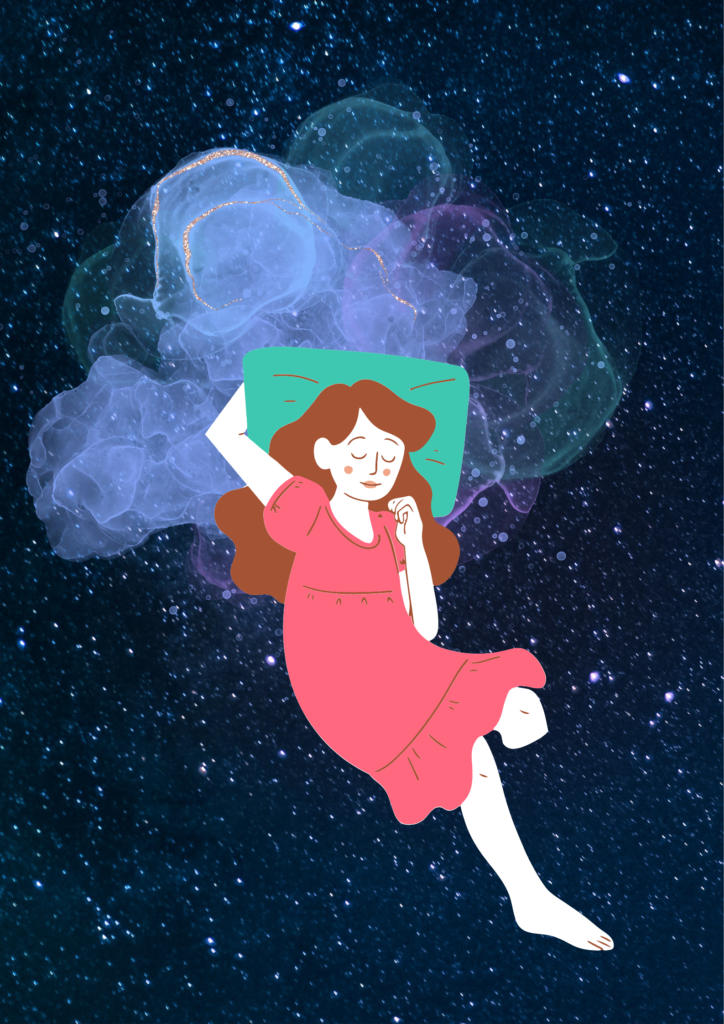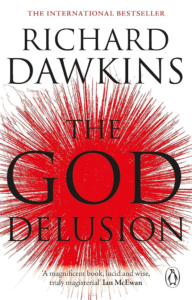The Enigma of Dreams: Unraveling the Tapestry of the Mind

Dreams have long intrigued humanity, weaving a mysterious fabric within our consciousness. When we close our eyes and surrender to slumber, these enigmatic narratives unfold. But what exactly are dreams? Are they mere echoes of our waking thoughts, or do they harbor deeper secrets?
The Science Behind Dreaming
During the REM (Rapid Eye Movement) phase of sleep, our brains come alive with activity, akin to daytime wakefulness. This stage plays a role in emotional processing, memory consolidation, and learning. Scientists posit that dreams emerge from a blend of random neural firings and the rich tapestry of our thoughts, memories, and desires.
Cracking the Code of Dream Symbols
While no universal dream dictionary exists, psychologists believe that dreams reflect our hidden desires and inner conflicts. Carl Jung, a luminary in psychology, proposed that dreams serve as a bridge between our conscious and unconscious minds. They communicate through symbols and metaphors, revealing truths that elude our waking awareness.
Dreams in the Light of Day
Dreams don’t merely fade with dawn; they subtly shape our waking existence. They ignite creativity, offer problem-solving insights, and sometimes even prepare us for real-life challenges. Perhaps dreams are rehearsals, allowing us to fine-tune emotional responses and navigate the complexities of our human journey.
The Uncharted Terrain of Dream Exploration
As science continues its quest to unravel the dream enigma, we remain captivated. Whether dreams serve as portals to our inner selves or mere brain maintenance routines, they remind us that our minds harbor uncharted realms. In the quiet hours of night, we explore these uncharted territories—one dream at a time.

























